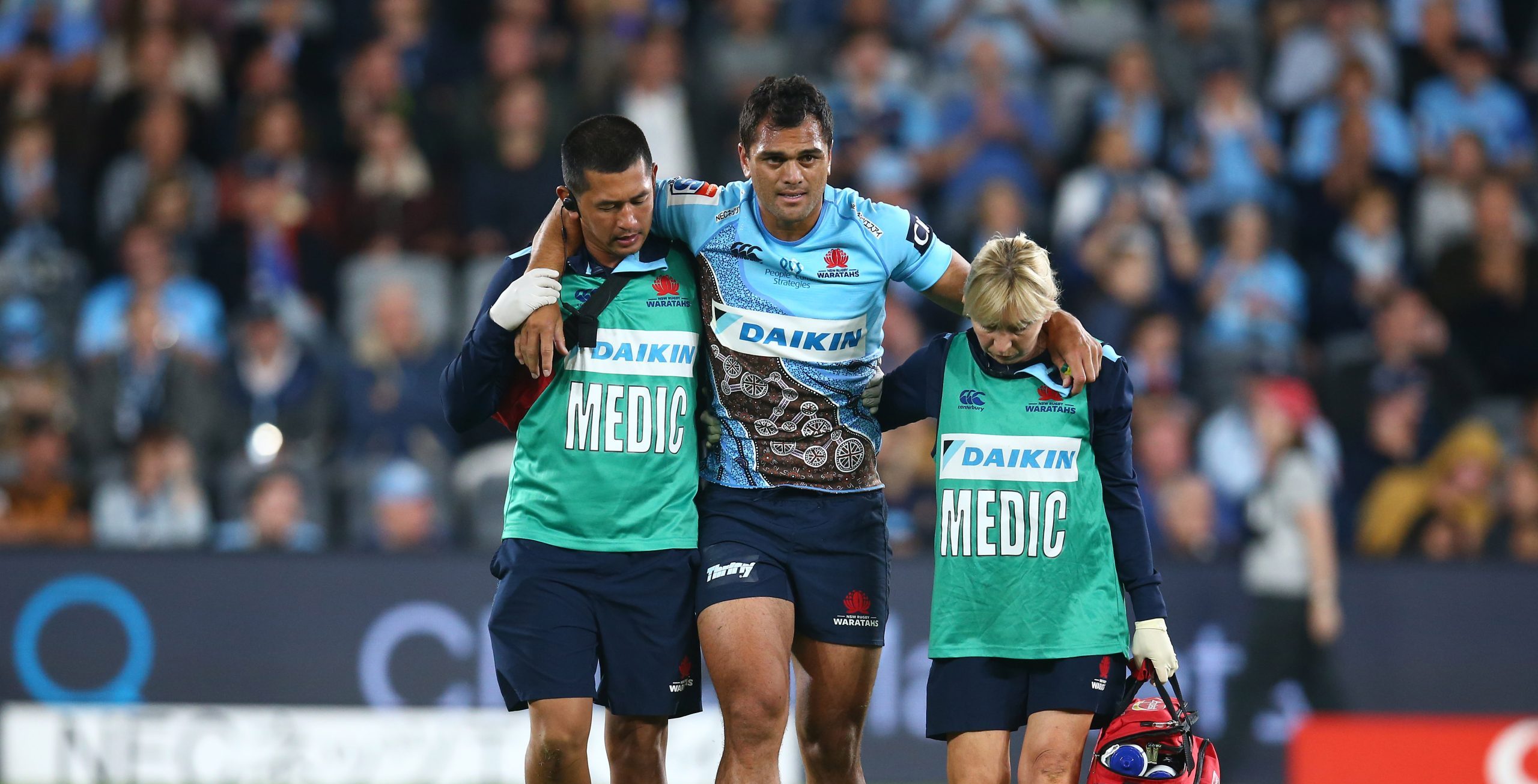Have you ever wondered what it would be like to train like a professional athlete? How do they structure their training? How do they reduce their risk of injury? And when they do get injured, how do they manage their treatment and recovery? Critically, what is the scientific and medical expertise that helps to inform these strategies and keep them going for as long as possible?
We’re building Optimi to help you access this expertise. Our clinical thinking is led by the former Head of Medical Performance at the NSW Waratahs (Super Rugby) and by the current Head Doctor of the Australian Rugby team. Our approach brings elite sports medicine directly to you, meaning you have access to the latest and most informed knowledge and protocols being developed across a range of sports in Australia, the US, the UK and Europe.
An approach founded on Science Based Protocols
Our approach to rehab utilises science based protocols, proven in professional sports, the military and with many everyday athletes. Our rehab plans are developed using a progressive, criteria based approach. Your plan consists of multiple phases, with each phase being a little more challenging than the last. Phases are unlocked by passing a set of ‘criteria’ – ie functional tests and self reported pain levels. This criteria based approach enables you to progress at your own pace and will help improve your function and reduce your pain as quickly and safely as possible. It’s tried and tested in pro sport and is just as applicable to us all as it is to elite level athletes.
Historically, decisions on how to progress rehab programmes were largely based on time milestones. For example, if you pulled a hamstring you might be automatically given a four to six week time frame out of sport or exercise. Once you got to six weeks, you’d be allowed to play again regardless of your levels of function and pain. There are three obvious issues with this:
- Not all injuries are equal: injuries vary in severity and even if grading is used to estimate the injury, there is still no allowance for individual differences.
- Individuals recover at different rates: there are many factors that influence the individual recovery period and so relying on generic time milestones may hold some people back longer than needed. On the flip side it may be rushing others back too quickly, putting them at risk of re-injury.
- If you’re not measuring, you’re guessing: a snappy adage in the sports medicine world but a key point. If you are relying on generic time frames then you have no sight or understanding of an individual’s personal recovery. We need objective measures to safely progress and understand an individual’s return to play. We take care of this measurement for you with functional testing and pain level checkins which you’ll find at the end of each session.
Let’s look at a quick example:
Imagine Runner A and Runner B both have symptoms of runner’s knee and start the same rehab plan at the same time. After two weeks runner A can perform a bodyweight squat in full range with no pain. Runner B, who has performed the same rehab, is unable to do so. The criteria based approach allows Runner A to unlock the next phase of rehab but prevents Runner B from doing so. This allows Runner A to progress at a faster rate whilst protecting Runner B, giving them more time to recover before progressing. With the criteria-based approach you have to earn the right to progress, so when you level up you know you are ready for the demands of the new phase.
This is how elite athletes are assessed, monitored, treated and returned back into competition.
We’ll help guide you through your own rehab journey. You’ll have noticed your plan recommends a weekly number of sessions (your ‘weekly sessions target’ shown on the home screen). Focus on achieving this target each week and trust in the process. Over time, you’ll find yourself progressing through the phases whilst improving your function and reducing your pain.



